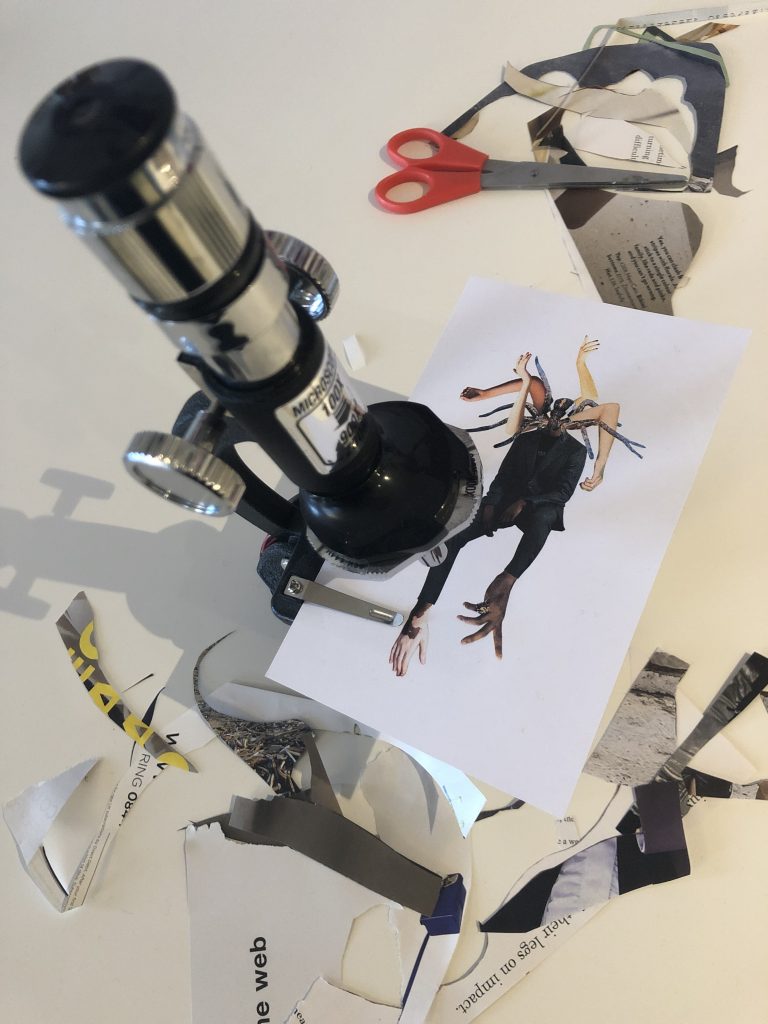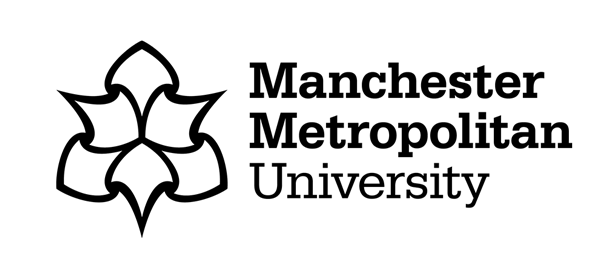
When I heard about the Images of Research 2021 competition, I was at the very start of my PhD journey. I had engaged with some of the training programme sessions about disseminating and communicating your research and I decided that entering the competition would be a good way to test this out right from the start.
Practice as Research is a curious way of engaging in a research project and a relatively new way of working. I conduct my research as a collage maker, as a member of MSARC (Manchester School of Art Research Centre) in the Faculty of Arts and Humanities. For some students in this faculty (including myself), research involves engaging in a creative practice, with the process or end artifact being the answer to their research question.
The interesting thing about the Images of Research competition as a visual artist is that I already make images, but this brief was about communicating my research through a photograph – beyond my art pieces. This was particularly important for me at the time, because after initial conversations about my research with my supervisory group, I wanted to make it clear that my artwork was the research and not an illustration of it. Because of the Images of Research brief, the photograph I entered needed to be an illustration of the research, and this challenged me to think differently about my visual practice as a researcher. With my submission, I was trying to communicate what my research involves as a whole project and not the research itself – which in this case is the half-human, half-spider creation within the image. My research is an investigation into the edges of collage and in the photograph, my collaged artwork (Spider-man) is under analysis.
As well as collage, my research is informed by experimentation in science, particularly bioengineering. The microscope in the photograph also represents this side of my investigations. The project stems from (pun intended) research into biological experiments to breed pigs with human organs for organ donation. Until recently worldwide regulations dictated that animal-human hybrid embryos must be destroyed after 14 days (policies vary between countries). However, in 2019 the Japanese education and science ministry published new guidelines which overturned the ban on the practice, approving stem-cell researchers to allow pig-human embryos to be brought to term. My aim is to understand how the edges of collage help us reflect on the edges of being human and animal before synthetic animal human hybrids become a reality.
As a result of entering the competition, a Head of Faculty in Science & Engineering approached me to ask if I would like to collaborate, which is priceless for my continued research into science and all things flesh-like. You have to be in it to win it, and if you don’t win it, you never know what could come out of your experience!
(As an artist, I work under the pseudonym Keith Bloody Mary and other examples of my work can be found at www.keithbloodymary.com).

Images of Research 2022 is opening soon for entries. Stay tuned for the launch details on Twitter.


